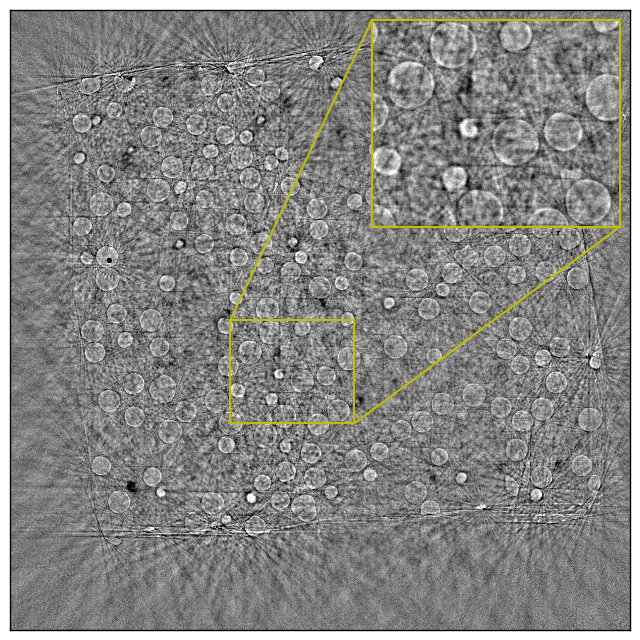Scientific Image Restoration Anywhere
The use of deep learning models within scientific experimental facilities frequently requires low-latency inference, so that, for example, quality control operations can be performed while data are being collected. Edge computing devices can be useful in this context, as their low cost and compact form factor permit them to be co-located with the experimental apparatus. Can such devices, with their limited resources, can perform neural network feed-forward computations efficiently and effectively? We explore this question by evaluating the performance and accuracy of a scientific image restoration model, for which both model input and output are images, on edge computing devices. Specifically, we evaluate deployments of TomoGAN, an image-denoising model based on generative adversarial networks developed for low-dose x-ray imaging, on the Google Edge TPU and NVIDIA Jetson. We adapt TomoGAN for edge execution, evaluate model inference performance, and propose methods to address the accuracy drop caused by model quantization. We show that these edge computing devices can deliver accuracy comparable to that of a full-fledged CPU or GPU model, at speeds that are more than adequate for use in the intended deployments, denoising a 1024 x 1024 image in less than a second. Our experiments also show that the Edge TPU models can provide 3x faster inference response than a CPU-based model and 1.5x faster than an edge GPU-based model. This combination of high speed and low cost permits image restoration anywhere.
PDF Abstract


